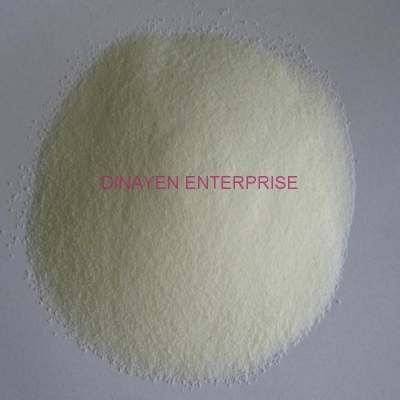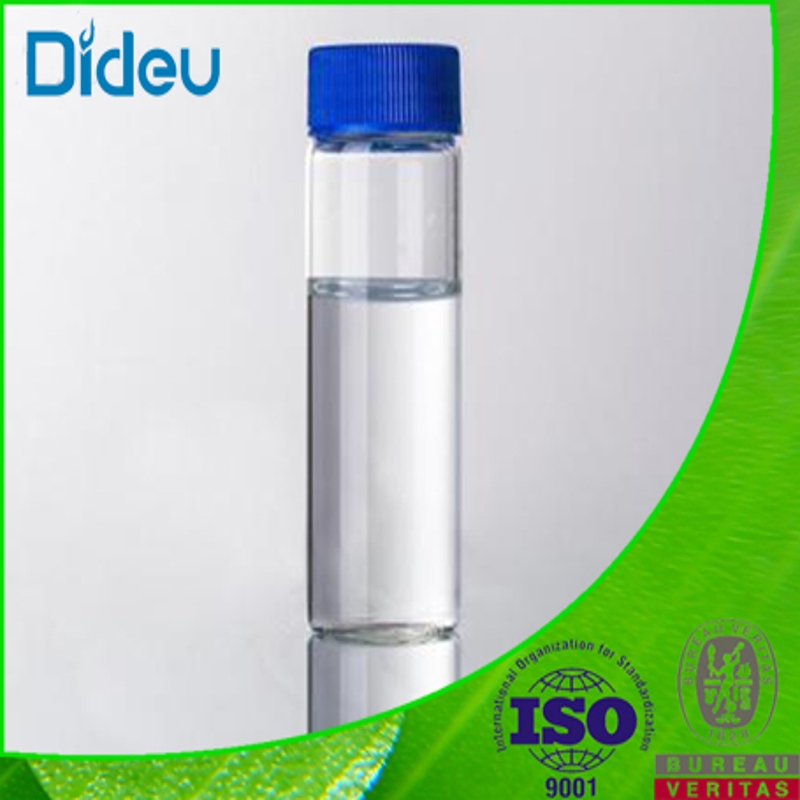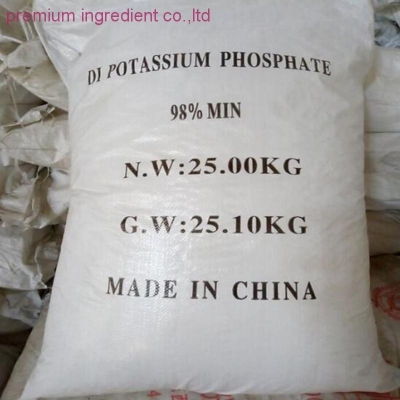-
Categories
-
Pharmaceutical Intermediates
-
Active Pharmaceutical Ingredients
-
Food Additives
- Industrial Coatings
- Agrochemicals
- Dyes and Pigments
- Surfactant
- Flavors and Fragrances
- Chemical Reagents
- Catalyst and Auxiliary
- Natural Products
- Inorganic Chemistry
-
Organic Chemistry
-
Biochemical Engineering
- Analytical Chemistry
-
Cosmetic Ingredient
- Water Treatment Chemical
-
Pharmaceutical Intermediates
Promotion
ECHEMI Mall
Wholesale
Weekly Price
Exhibition
News
-
Trade Service
According to the provisions of "National Food Safety Standard for Food Additives Microcrystalline Cellulose" (GB 1886.
Microcrystalline cellulose is an odorless, very fine white short rod porous particle, not fibrous but highly fluid; insoluble in water, dilute acid, organic solvent and oil, partially dissolved and swollen in dilute alkaline solution
Microcrystalline cellulose mainly has three basic characteristics: the average degree of polymerization reaches the limit value of the degree of polymerization; the degree of crystallinity is higher than that of raw cellulose; ability
Emulsion stability is the most important function of microcrystalline cellulose
For example, yogurt has a low pH, which tends to cause solid components in the milk to coagulate and separate the whey from the mixture
Microcrystalline cellulose also maintains food stability at high temperatures
In addition, microcrystalline cellulose can improve liquid stability and act as a gelling and suspending agent
And as a non-nutritive filler and thickener, microcrystalline cellulose can improve food structure
The addition of microcrystalline cellulose to frozen desserts can control ice crystal formation
Microcrystalline cellulose can also be used to reduce the caloric content of foods
Due to the adsorptive properties of microcrystalline cellulose, foods with high mineral content can be obtained through the adsorption of metal ions
(Cao Yongmei)
"China Food News" (May 16, 2022 Edition 06)
(Editor in charge: Yang Xiaojing)







